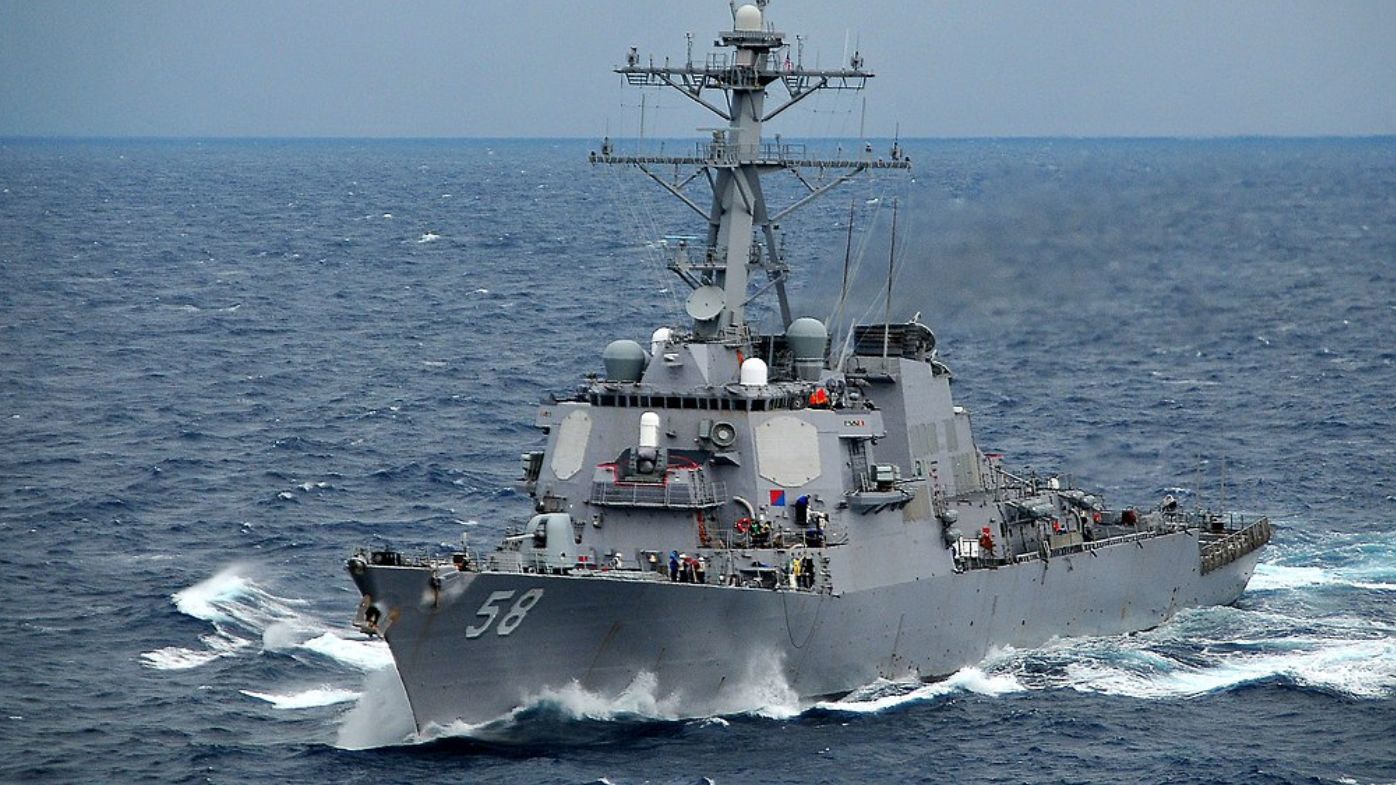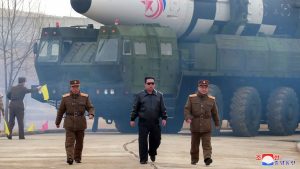
Washington braced for an expected Iranian retaliation for the killing of a top Hamas leader in Tehran last week, even as deep uncertainty swirled around when Iran would act — and how far it might go.
Multiple United States officials across the region and in Washington told CNN that the US expects Iran to retaliate in the coming days – perhaps even within the next 24 hours – against Israel for Ismail Haniyeh’s killing.
But the US has struggled to gauge when the response will come and what form it will take, in part because Iran already moved some of the military assets necessary to carry out a major attack on Israel in April, making it more difficult for American intelligence to predict its actions now, according to two US officials.
OLYMPIC HUB: You can find all the latest Paris 2024 stories from Wide World Of Sport here
Officials are relying on multiple streams of intelligence, and there are divisions among national security officials on how and when Iran’s response might unfold.
The relative uncertainty has left the Biden administration in a defensive crouch as it tries to rally allies and pressure Iran not to escalate tensions.
The killing of Haniyeh – who served as a top Hamas political figure whose job included a role as one of the group’s chief hostage and ceasefire negotiators – along with the killing of Hezbollah leader Fu’ad Shukr in Lebanon last week have thrown the war into its most uncertain phase.
While the bulk of the war has been fought between Israel and Iran’s proxies – Hamas in Gaza and Hezbollah in Lebanon – Haniyeh’s assassination on Iranian soil and Iran’s vows of retaliation threaten to throw the conflict into a regional war that could draw in the US.
Israel claimed credit for Shakr’s killing, which came in response to a rocket strike that killed 12 children in the town of Majdal Shams in the Israeli-occupied Golan Heights, but has not yet done so for Haniyeh’s killing in Iran.
OLYMPIC SCHEDULE: Your day-to-day guide to all the action in Paris, in AEST times
The extent of the United States’ further involvement in the war largely depends on how exactly Iran responds to Haniyeh’s death.
In preparation for possible Iranian retaliation, two American destroyers moved from the Gulf of Oman to the Red Sea in recent days, according to a US official – putting both ships closer to Israel.
The destroyers, the USS Laboon and the USS Cole, are part of a number of assets US Central Command has placed strategically across the region amid fears that Iran could soon launch a major attack on Israel for the second time this year. US destroyers helped shoot down ballistic missiles and drones launched by Iran at Israel in April.
Biden spoke with the Jordanian king on Monday morning, where both leaders discussed efforts to “de-escalate regional tensions,” according to a White House readout.
Biden and Vice President Kamala Harris also met with the administration’s national security team in the White House Situation Room later on Monday.
READ MORE: Hezbollah says it launched a drone attack on northern Israel
The Jordanian king emphasised the need for de-escalation in the region while also warning of extremist settler violence against Palestinians.
The US has been asking countries that have diplomatic relations with Iran to urge the country not to escalate the conflict, a State Department spokesman said Monday.
“We have been sending consistent messages through our diplomatic engagements encouraging people to communicate to the government of Iran that escalation is not in their interest and that we will defend Israel from attacks, and that escalation does not serve Iran’s interest, just as it doesn’t serve the interests of anyone in the region,” the spokesman, Matthew Miller, said.
Miller declined to give a timeframe of when the US expects Iran to retaliate. But he added: “We don’t think this attack should happen, and we are working to try to prevent it from happening.”
In April, Iran launched hundreds of drones and missiles toward Israel in retaliation for the killing of some of its officials at what it considered a diplomatic compound in Syria, the first time Iran had taken direct action against Israel in decades.
But that time, officials said, Tehran telegraphed its intent, and the US was able to see the movement of weapons systems and other equipment into place — a key marker that US intelligence officials often use to judge when and what kind of military action an adversary is planning.
That intelligence was part of how US Central Command was able to form a defensive alliance and coordinate a strategy that ultimately led to the successful shooting-down of almost all of the projectiles Iran fired that night.
This time, according to officials who spoke to CNN on the condition of anonymity, the American intelligence picture is much murkier. The Biden administration is racing the clock to try to keep the situation from spiralling into all-out war — even as officials have privately expressed scepticism that it will be possible to constrain Iran.
Watch every moment, every medal of the Olympic Games Paris 2024 live and free on Channel 9 and 9Now. Plus, every event ad-free and in 4K on Stan Sport.
links to content on ABC
9News





